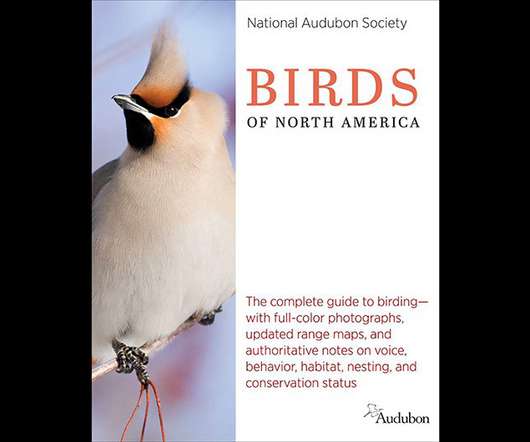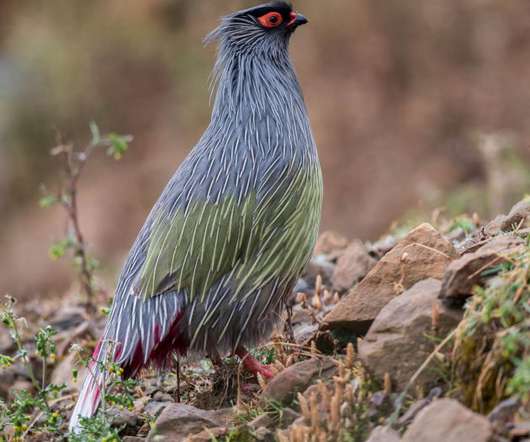Feather Trails: A Journey of Discovery Among Endangered Birds–A Book Review
10,000 Birds
APRIL 2, 2024
Osborn, a passionate field biologist who participates to the core of her being three re-introduction projects aimed at saving three very different, endangered species: Peregrine Falcon, Hawaiian Crow (‘Alala)*, and California Condor. Well-researched and footnoted, these sections never feel disconnected from the more personal sections.












Let's personalize your content